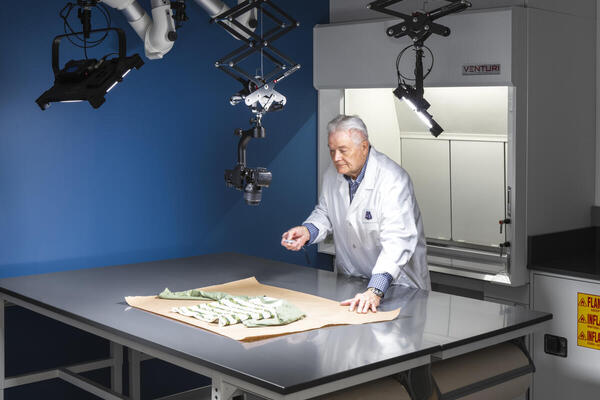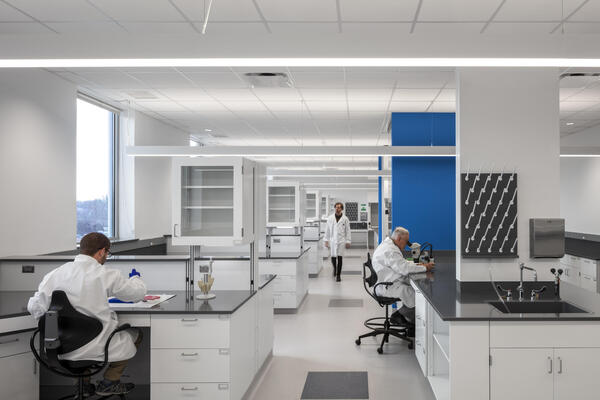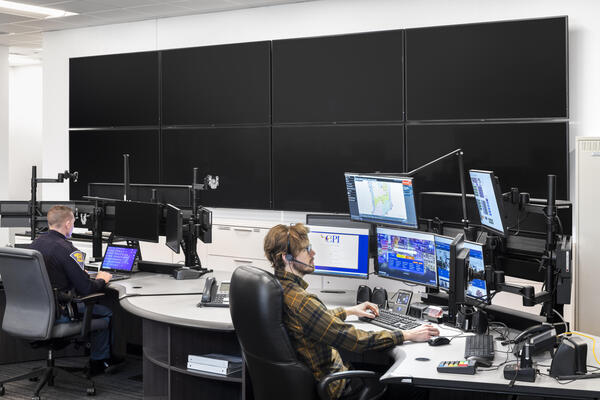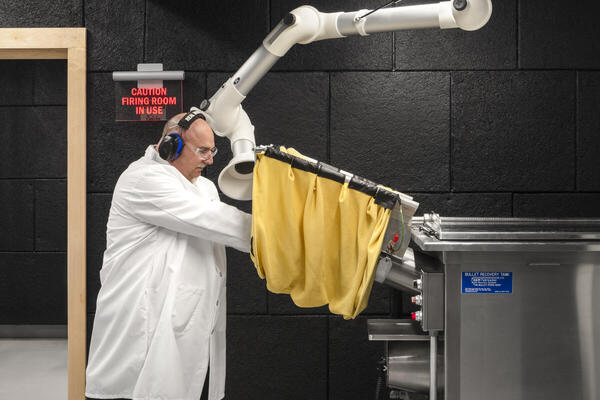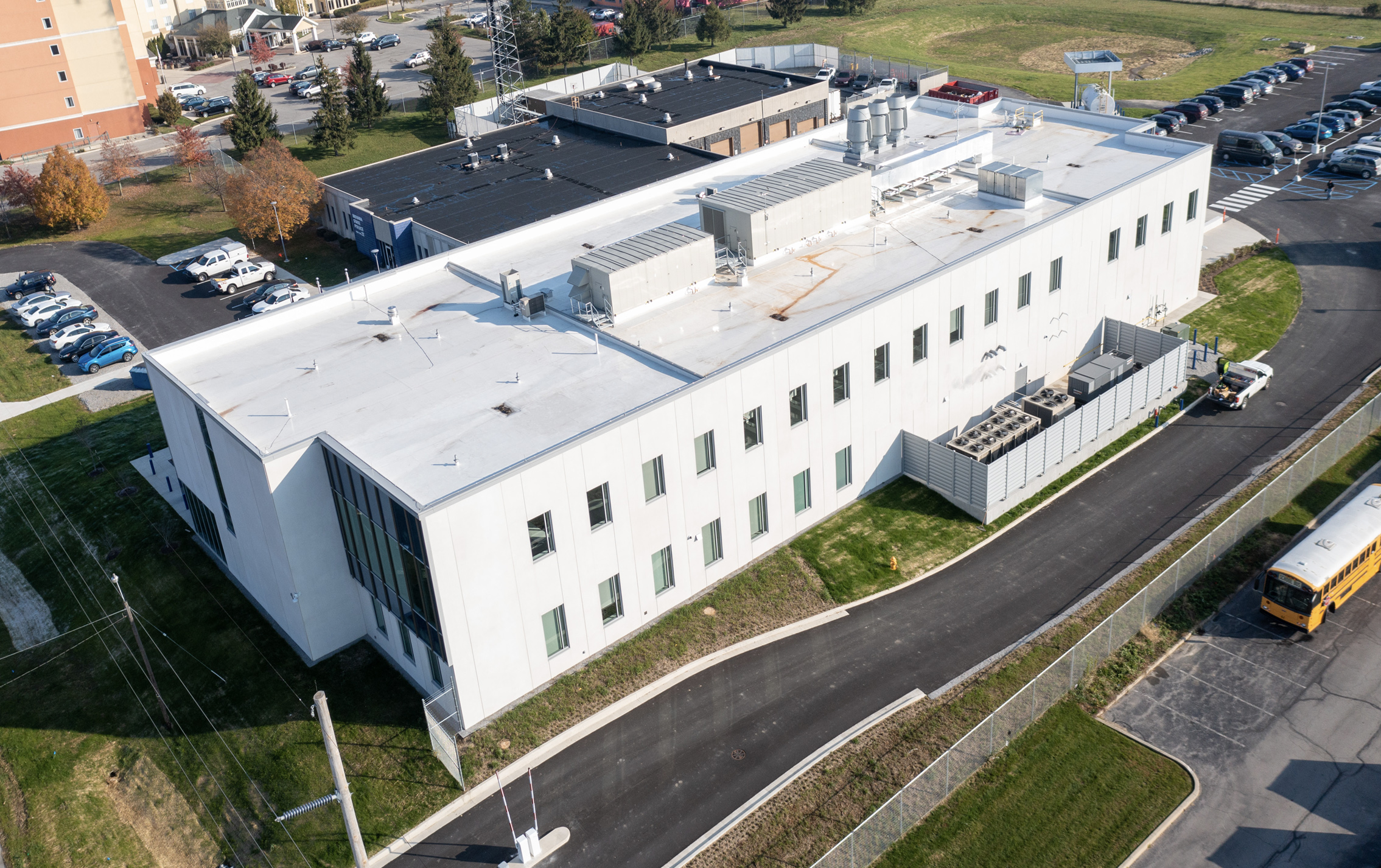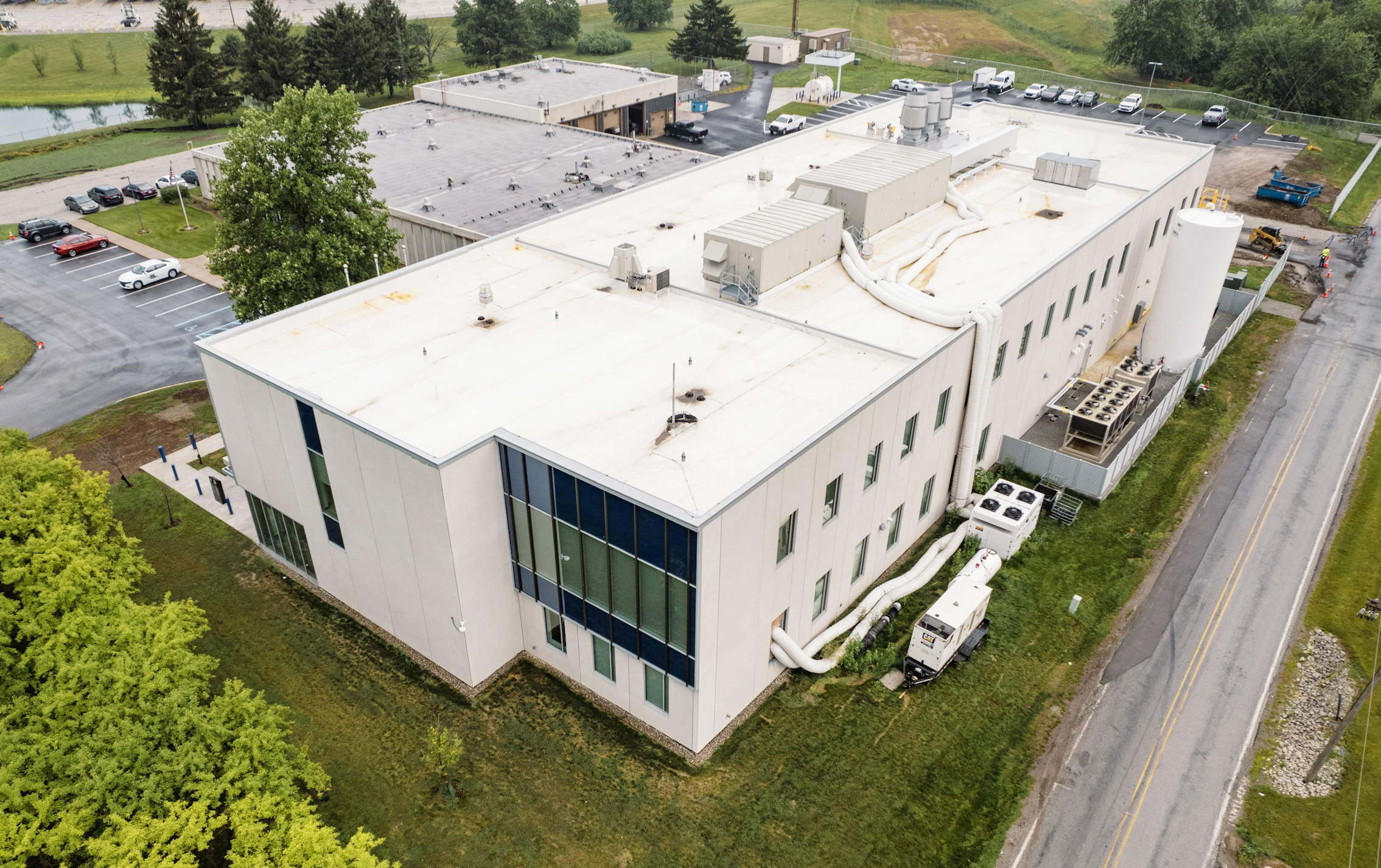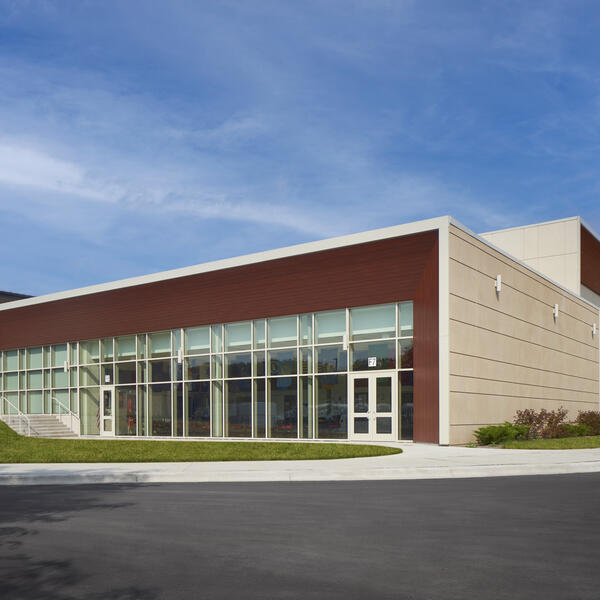Aiding and protecting Indiana
The fight against crime never rests. Now, after more than a decade of planning, Pepper’s collaboration with the Indiana Department of Administration and RATIO Architects has resulted in new 40,000-square-foot facilities in Fort Wayne, Lowell and Evansville, Indiana that will significantly improve crime-solving efficiency by helping to evaluate criminal evidence.
With scientific advancements over the past several decades, these facilities now process 90% of analytical and 60% of crime scene evidence, along with supporting county and municipal police agency investigations in their respective cities. Upgrading the spaces and equipment was not just about improving the research, but also significantly enhancing the capabilities of the Indiana State Police.
Following up and following through on leads
Aligning our success with areas of the buildings that could enhance the user workflow was much like the target practice that takes place in each building’s new gun range. Pepper’s role as construction manager for all three facilities led to close collaboration with lab technicians and law enforcement. Together, we were able to make adjustments throughout planning and incorporate what we learned as we moved from one building to the next.
For example, upon moving into the Fort Wayne building, lab technicians found that vibrations from the MEP systems were affecting their equipment. Along with a team of vibration experts, we conducted testing and were able to adjust the MEP systems and relocate the generator in Evansville to avoid the same challenges.

All hands-on deck
The project required the collaboration of the Indiana State Police Force, the legislative process and community support to bring it to fruition. But ultimately, it is the impact on the community that has been most profound. From concept to reality, these facilities became the ultimate tool for eliminating the state’s backlog of evidence that needed testing.
Pepper adopted a similar collaborative approach with all stakeholders, including the design team at RATIO Architects. As the design developed, RATIO made minor adjustments that enhanced workflow efficiency. These changes required close communication and regular updates to the models, which were used to quickly calculate adjusted quantities and keep the project on budget. Additionally, keeping the existing facilities operational while the new ones were being built posed a challenge that was aided by Pepper’s Underground Utilities Damage Prevention program.
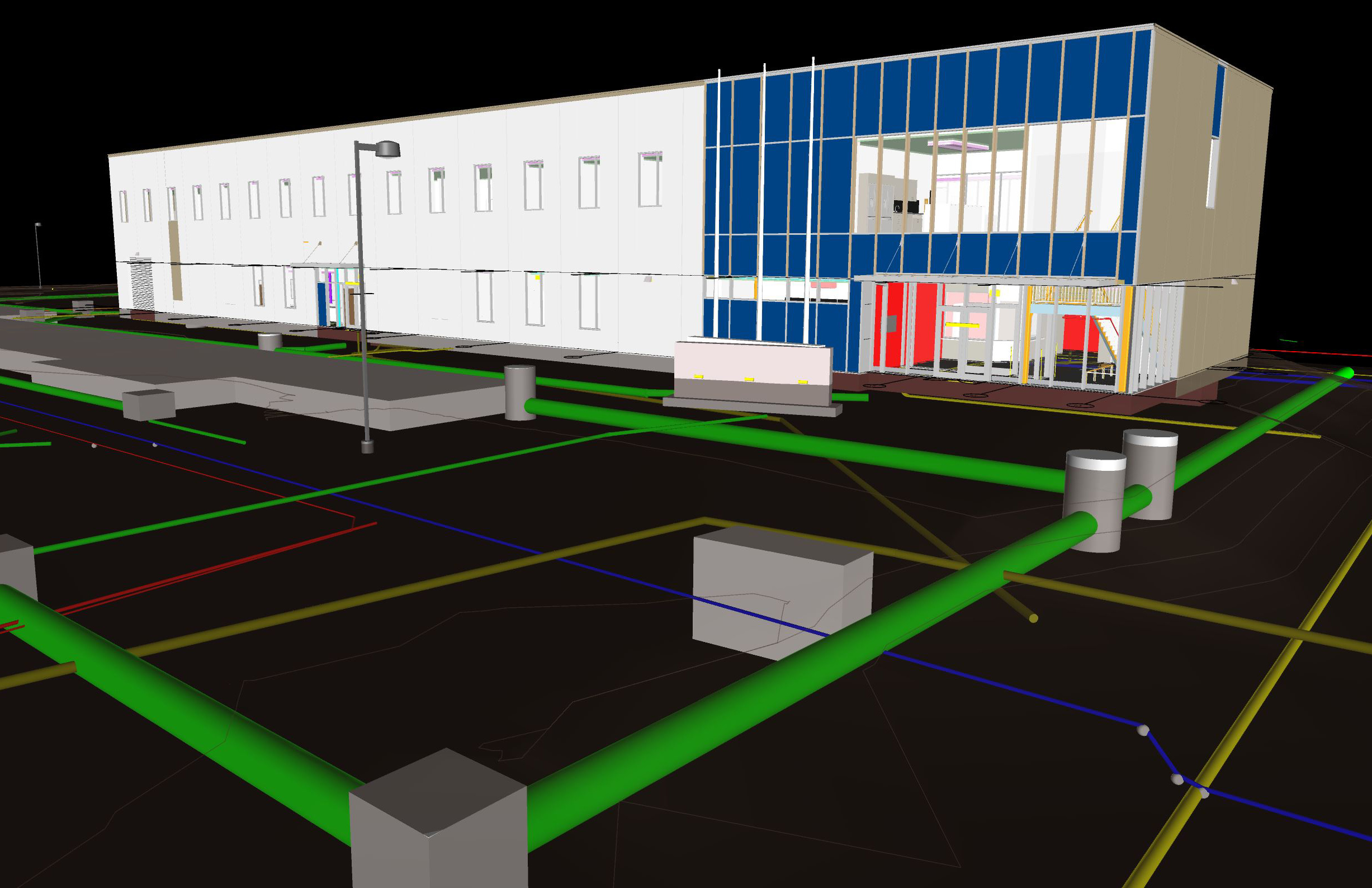
A team of underground utility locating, hydro excavators and survey crews went to each campus prior to ever putting a shovel in the ground to investigate and document the existing underground environments to ensure the work we were performing did not disrupt ongoing police operations by damaging utilities.
Making a positive ID – sometimes looks can be deceiving
From the outside, the three buildings appear identical. However, there are differences that were not in the project’s original DNA. With simplicity and feasibility in mind, the layouts were to be standardized. Fort Wayne still served as the model, yet minor variations were carefully considered and incorporated at Lowell and Evansville to allow for continuous improvements.
One variation at the Lowell facility included installing a new 30,000-gallon above-ground fire protection water tank, which was placed beside the new building to provide sufficient water pressure and volume to the sprinkler system. In contrast, Evansville and Fort Wayne did not require this solution due to the local municipalities' existing infrastructures
Evidence of a successful project
The long-standing partnership between Pepper, the State of Indiana, Indiana State Police and RATIO Architects have and will continue to evolve to meet changing needs. The recent completion of the Lowell facility represents a significant milestone for the three laboratories, enabling them to swiftly address the backlog of cases. Pepper's expertise in constructing high-quality scientific laboratory facilities will create new opportunities for similar projects in many other communities.

Credits


